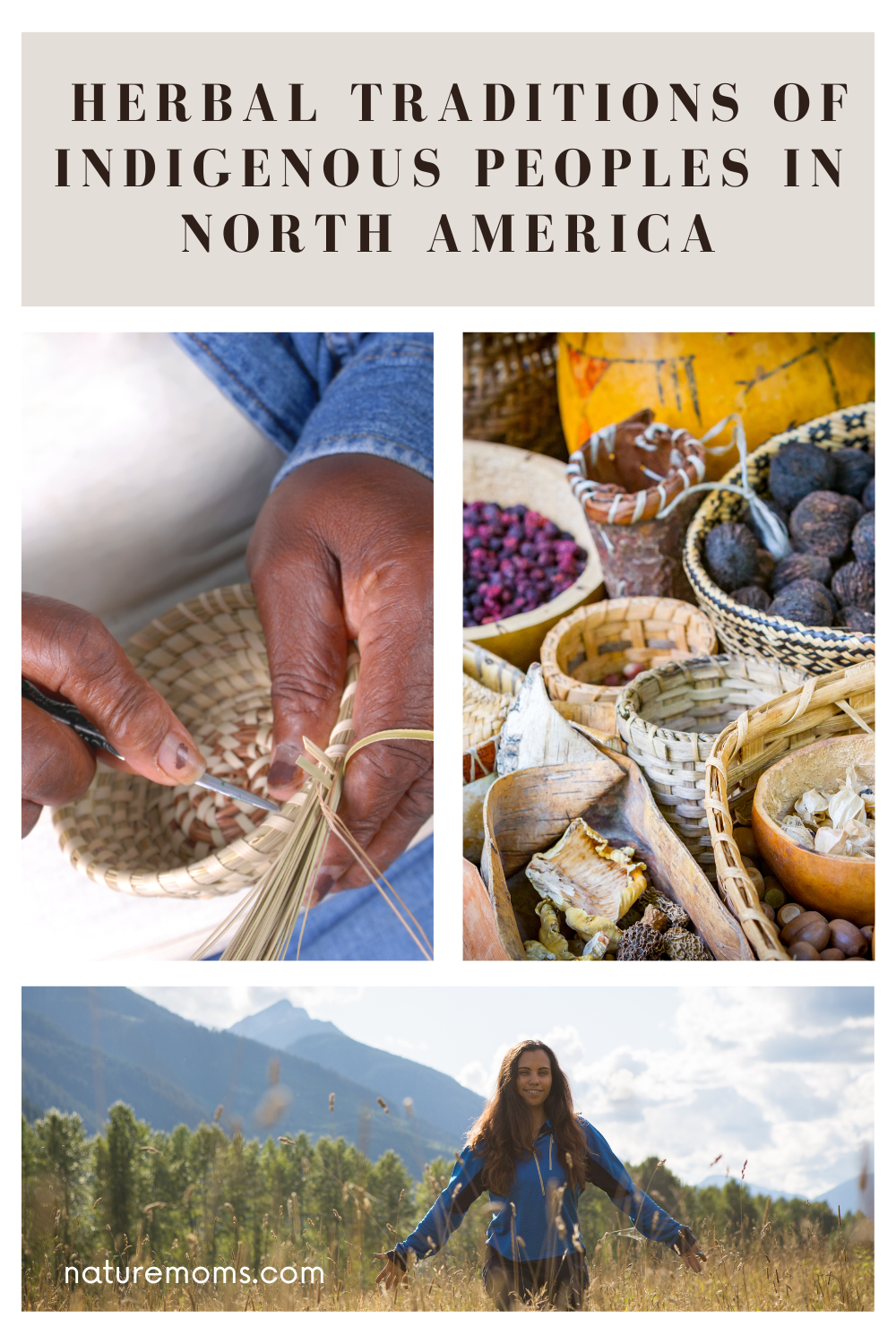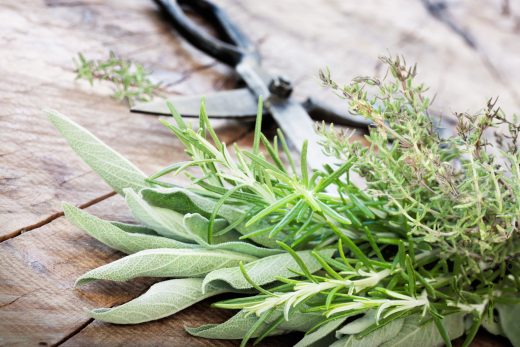 The native indigenous peoples of North America have a deep and profound connection with the land, which is reflected in their traditional herbal practices. For centuries, these communities have harnessed the power of native plants and herbs for their medicinal, culinary, and spiritual purposes. Today, we delve into the world of indigenous herbalism and explore some of the commonly used herbs, their benefits, and the cultural significance behind these practices.
The native indigenous peoples of North America have a deep and profound connection with the land, which is reflected in their traditional herbal practices. For centuries, these communities have harnessed the power of native plants and herbs for their medicinal, culinary, and spiritual purposes. Today, we delve into the world of indigenous herbalism and explore some of the commonly used herbs, their benefits, and the cultural significance behind these practices.
- Sage (Salvia spp.)
Sage is one of the most sacred and widely used herbs in Native American cultures. Its purifying smoke, released by burning dried sage bundles (smudge sticks), is believed to cleanse negative energy and restore harmony. Sage is also valued for its medicinal properties, such as its antimicrobial and anti-inflammatory effects.
- Cedar (Thuja spp.)
Cedar plays a significant role in Native American ceremonies and rituals. Its aromatic branches and needles are burned to ward off negative energies and invite positive spirits. Cedar is also known for its antiseptic and calming properties, and it is often used in herbal remedies for respiratory ailments.
- Sweetgrass (Hierochloe odorata)
Sweetgrass holds immense cultural importance among many indigenous communities. Its distinct, pleasant fragrance is used in purification rituals and to attract positive energies. Braided sweetgrass is often burned or smoldered as part of sacred ceremonies and prayers.
- Lavender (Lavandula spp.)
Although not indigenous to North America, lavender has found its way into indigenous herbal practices through trade and cultural exchange. This fragrant herb is cherished for its calming properties, promoting relaxation and peace of mind. Lavender is also used in traditional remedies for headaches, insomnia, and skin conditions.
- Yarrow (Achillea millefolium)
Yarrow is a versatile herb used by indigenous peoples for various purposes. It is known for its ability to staunch bleeding, treat wounds, and reduce inflammation. Yarrow tea is also consumed for its digestive benefits and to boost the immune system.
- Echinacea (Echinacea spp.)
Echinacea, commonly known as purple coneflower, has been used for centuries by indigenous peoples to support immune health. Its vibrant flowers are brewed into teas or tinctures and are believed to enhance the body’s natural defenses.
- Juniper (Juniperus spp.)
Juniper is a plant revered for its protective and cleansing properties. Its berries and branches are used in smudging ceremonies, while juniper tea is believed to aid digestion and promote kidney health.
- Red Clover (Trifolium pratense)
Red clover is a vibrant, flowering herb used for its medicinal qualities. It is often brewed into teas to alleviate respiratory conditions, support cardiovascular health, and relieve menopausal symptoms.
- Mullein (Verbascum thapsus)
Mullein, with its tall stalks and soft leaves, has a long history of use among native indigenous peoples. It is traditionally employed as a respiratory tonic, helping to relieve coughs, congestion, and asthma symptoms.
- Bearberry (Arctostaphylos uva-ursi)
Bearberry, also known as kinnikinnick, is highly valued by indigenous communities for its healing properties. Its leaves are traditionally used in herbal remedies to support urinary tract health and alleviate bladder infections.
The indigenous herbal traditions of North America offer a wealth of knowledge and connection to the natural world. The herbs discussed above represent just a fraction of the rich plant diversity utilized by native indigenous peoples. By honoring and respecting these traditions, we can gain a deeper appreciation for the healing power of nature and foster a greater understanding of indigenous cultures.



